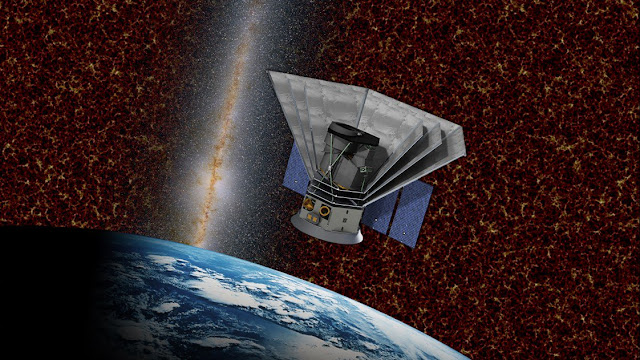The Loch Ness Monster Story

This is just one of the over 1000 sightings of the Loch Ness Monster recorded in the Official Loch Ness Monster Sightings Register. The register records encounters with the Monster that go back almost 1500 years to 565AD. On the 22nd of August in that year the Irish Saint Columba encountered a creature, not in the loch itself, but in the River Ness that flows out of the loch to connect with the North Sea. Although known for a host of other deeds that included bringing Christianity to the Picts, St. Columba not only saw the monster, but spoke to it. In a story told over 100 years after the event, the saint saved one of his followers from being attacked by the creature. He made the sign of the cross and commanded it to "Go no further. Do not touch the man. Go back at once." This is the only sighting recorded until 1520 and through the next 300 years descriptions of Nessie are sporadic. But in the early 1930s a road opened around Loch Ness and sightings poured in...





